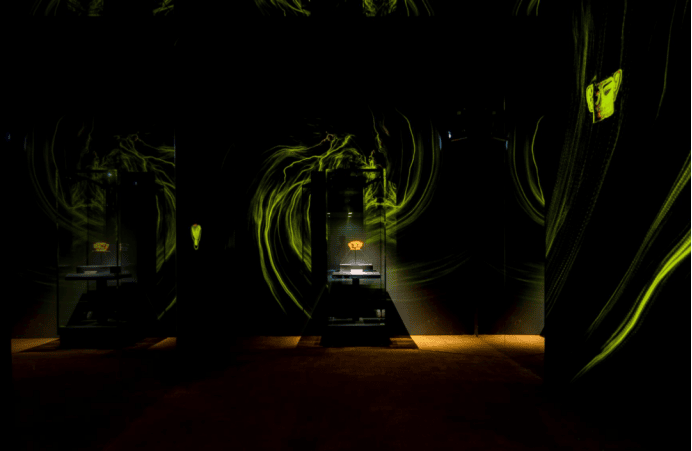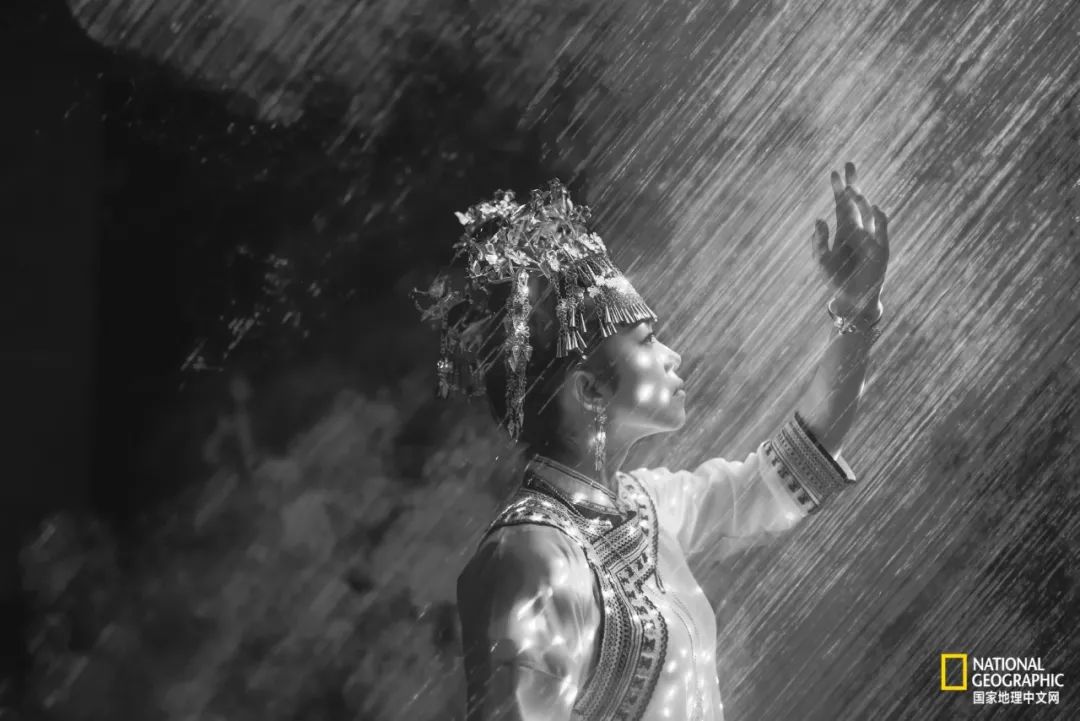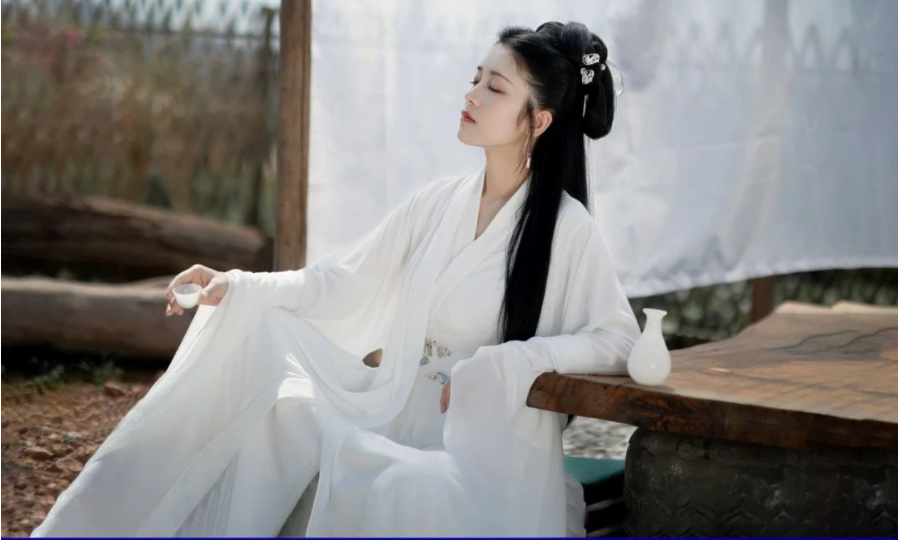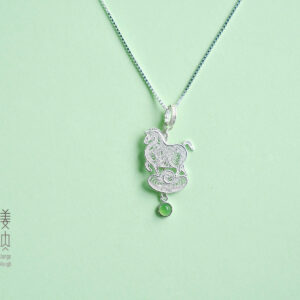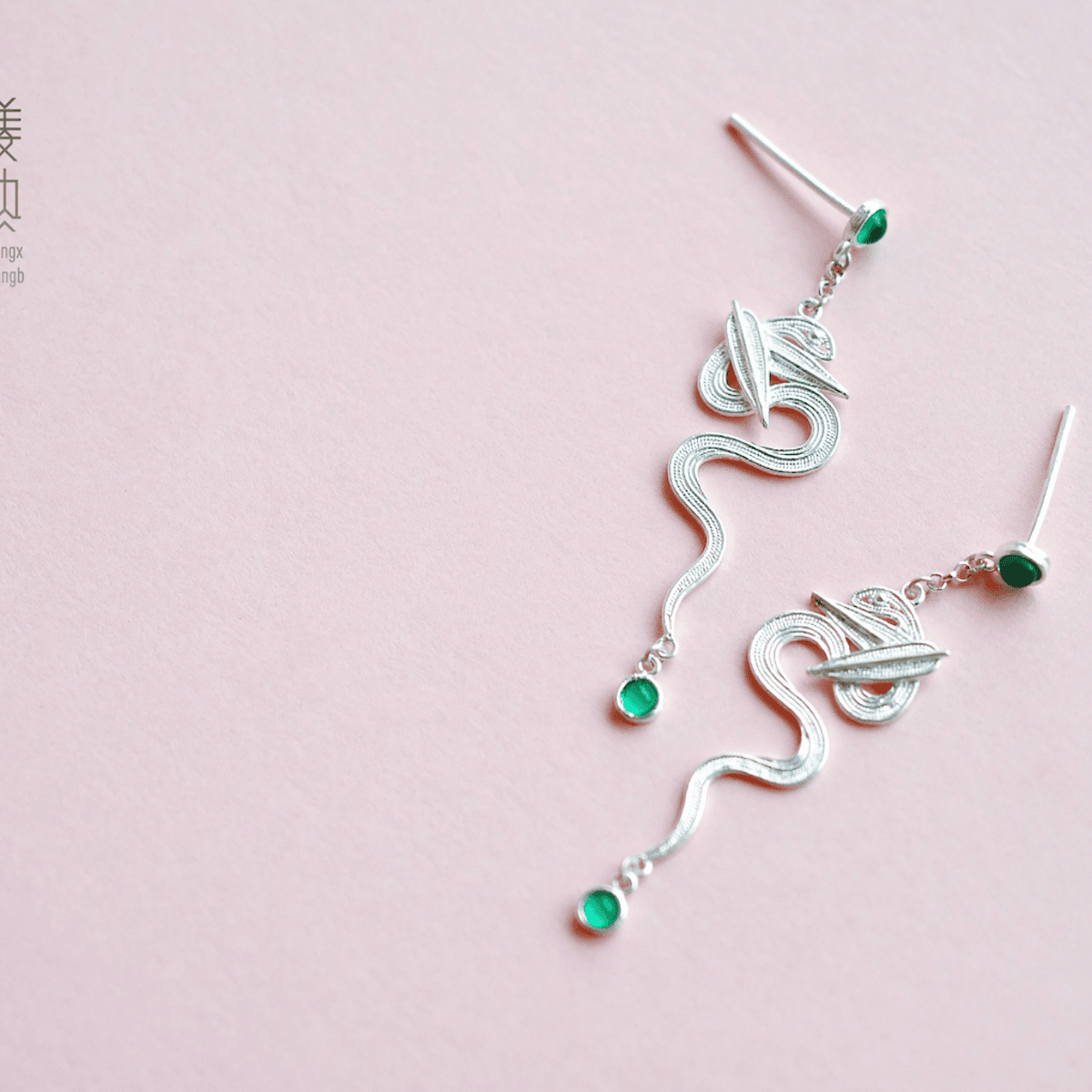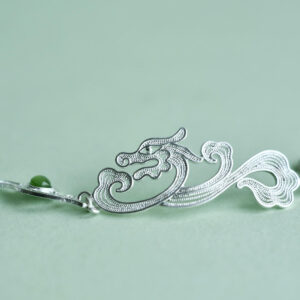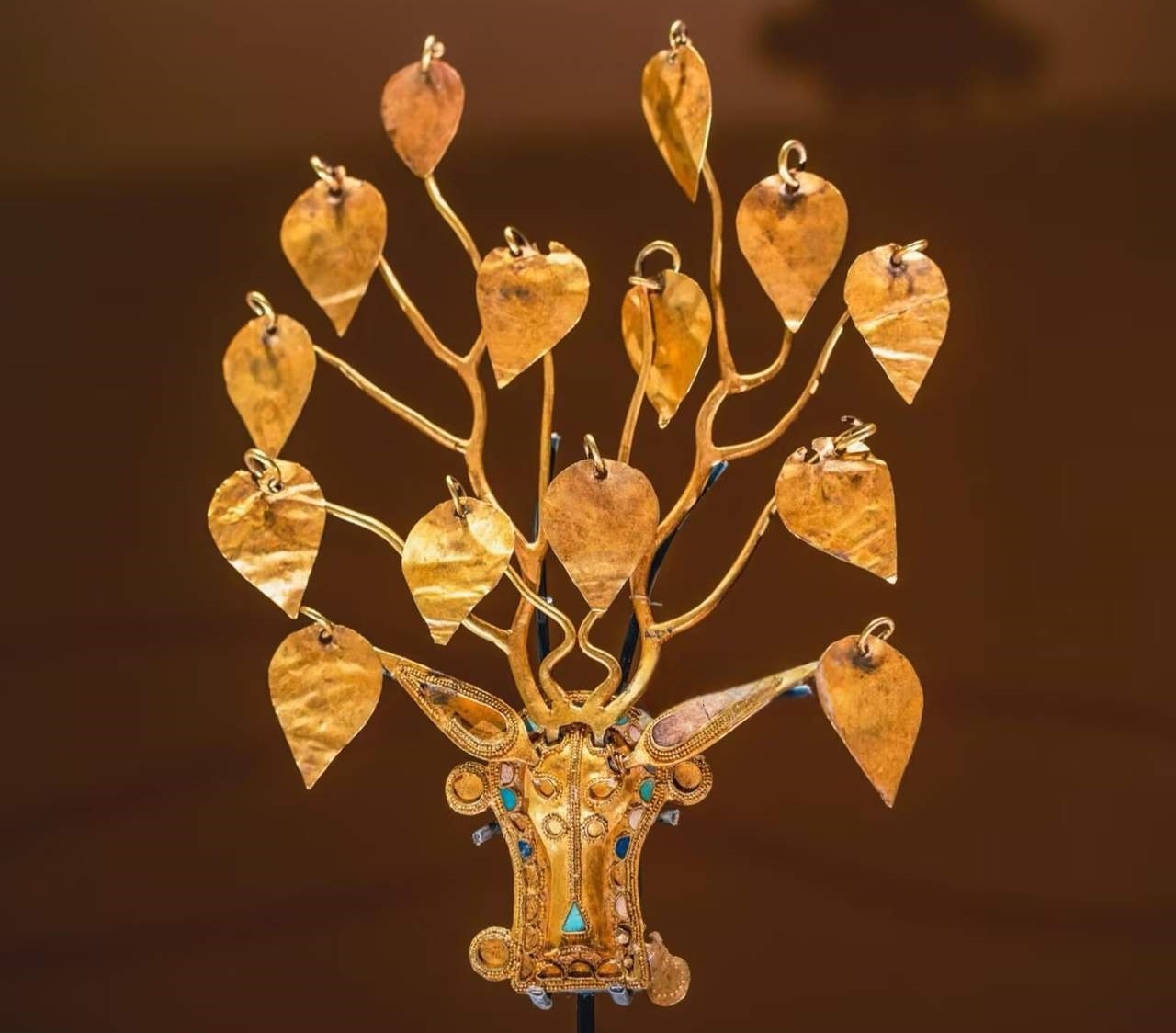
A glittering showcase of ancient Chinese gold and silver opens at Anhui Museum, featuring unprecedented national collaboration.
HEFEI, China – On September 28, 2025, the Anhui Museum unveiled “Gold’s Radiance Steeps Ancient China: Cultural Imprints of Ancient Chinese Gold and Silver Ware,” a landmark exhibition. This is not only the largest exhibition of its kind ever held in Anhui but also the temporary exhibition featuring the highest number of precious artifacts in the province’s history. The exhibition will run until January 6, 2026, providing ample opportunity for visitors. It brings together an astonishing 490 artifacts (362 sets) from 61 institutions across 22 Chinese provinces and municipalities. The crown jewels of the collection are the 197 objects (139 sets) designated as Grade-I National Cultural Relics—the highest possible classification.

A Constellation of Star Artifacts
The exhibition gathers a breathtaking array of iconic pieces from renowned archaeological sites and museums, creating a veritable “who’s who” of ancient Chinese metalwork. Highlights include:
Northern Wei Dynasty Gold Cap Ornament with Deer Antlers (Inner Mongolia Museum): A stunning fusion of gold and antlers, this piece embodies the nomadic spirit of the Northern Dynasties. Its dangling pendants would have shimmered with every movement, symbolizing both status and a deep connection to nature.
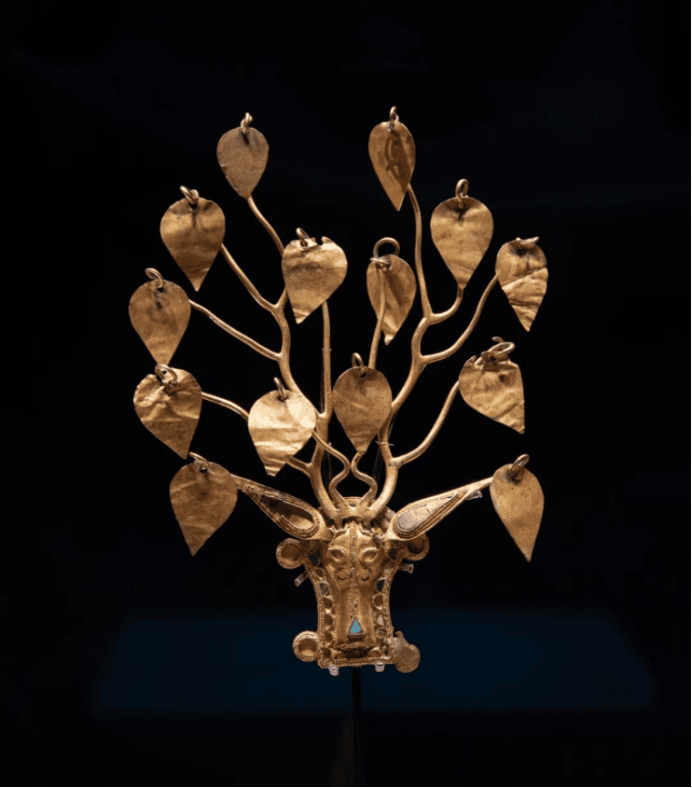
Ming Dynasty Gold Cicada on a Jade Leaf Ornament (Nanjing Museum): A masterpiece of subtlety and symbolism. This exquisitely crafted piece, featuring a golden cicada perched on a jade leaf, represents the perfect union of wealth and scholarly refinement, echoing the phrases “golden branch, jade leaf” and “achieving instant success.”

Shang Dynasty Gold Mask (Sichuan Provincial Institute of Cultural Relics and Archaeology): Emanating an aura of ancient mystery, this mask hails from the legendary Sanxingdui culture. It is believed to have played a role in the sacred rituals of the Shu kingdom, reflecting a unique spiritual worldview and remarkable artistic imagination.
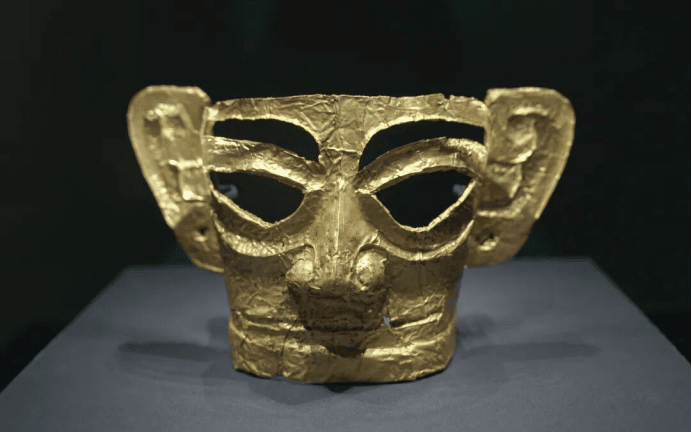
Ming Dynasty Gold Pendant for a Ceremonial Cape (Ming Tombs Management Center): An emblem of supreme status in the Ming imperial court, this intricate openwork pendant was part of the formal attire of noblewomen. Its delicate design, often used to perfume the wearer’s robes, speaks volumes about Ming dynasty opulence and ritual.
Southern Song Dynasty Sunflower-Shaped Gold Cup (Anhui Museum): Celebrated for its elegant, multi-lobed form resembling a sunflower, this cup exemplifies the refined and understated aesthetic favored by the Song literati. It is a perfect harmony of exquisite craftsmanship and everyday utility.
These gold and silver artifacts not only carry the rituals, beliefs, and aesthetics of the Chinese nation, but also bear the profound imprints of ancient Chinese civilization. Each pattern and every detail vibrates with the nation’s creativity and confidence. Their gleaming brilliance represents the convergence of ancient wisdom and contemporary splendor, showcasing the nation’s grandeur and proclaiming its majestic spirit.
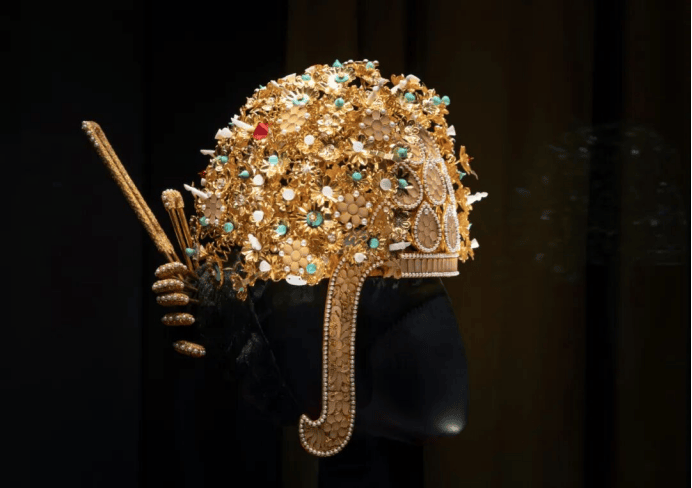
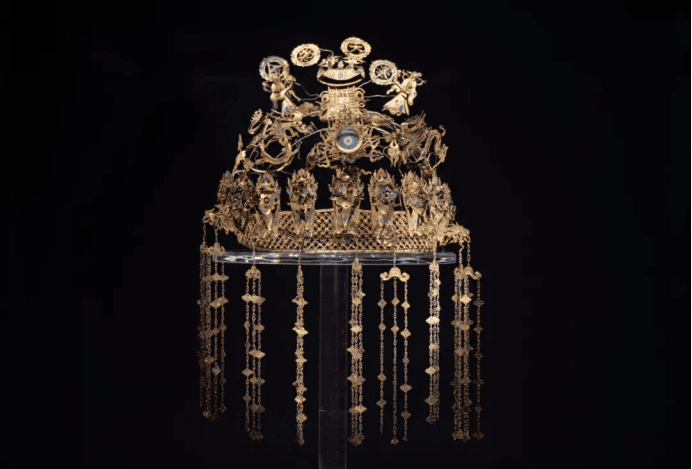
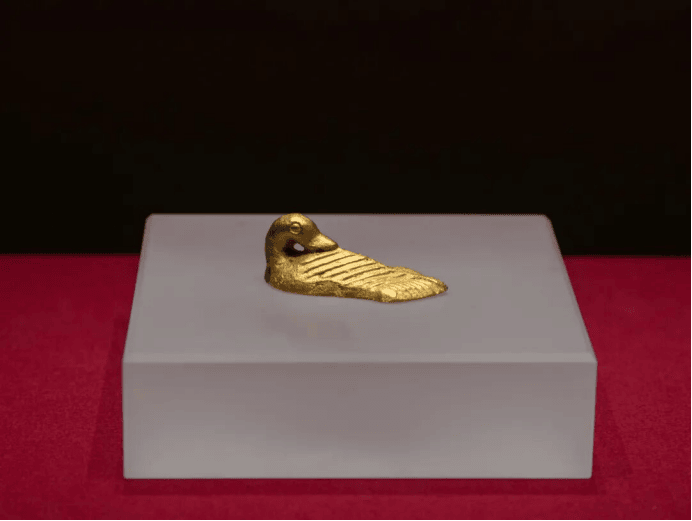
A Journey Through Four Millennia
The exhibition begins its narrative with the earliest known gold ornament in China—a pair of gold earrings from the Yumen Huoshaogou site in Gansu Province. From this starting point over 4,000 years ago, it traces the evolution of gold and silver ware to its artistic zenith. The show features key artifacts from a who’s who of major archaeological sites, including Sanxingdui, Jinsha, the Haihunhou Tomb, Hejiacun, Famen Temple, and the Ming Dingling Mausoleum.
These artifacts are far more than decorative luxuries; they are profound cultural imprints. Every meticulously chased motif and every refined detail pulses with the creativity and confidence of Chinese civilization. Their radiant glow represents a dynamic dialogue between ancient wisdom and the splendid artistry of their time.
Four Chapters, A Multifaceted Story
The exhibition is structured into four compelling chapters that unpack the multifaceted roles of gold and silver throughout Chinese history:
The Art of Adornment: This section charts the 4,000-year technical and aesthetic evolution of personal ornaments, showcasing the journey from simple, rudimentary forms to diverse and exquisitely crafted masterpieces.
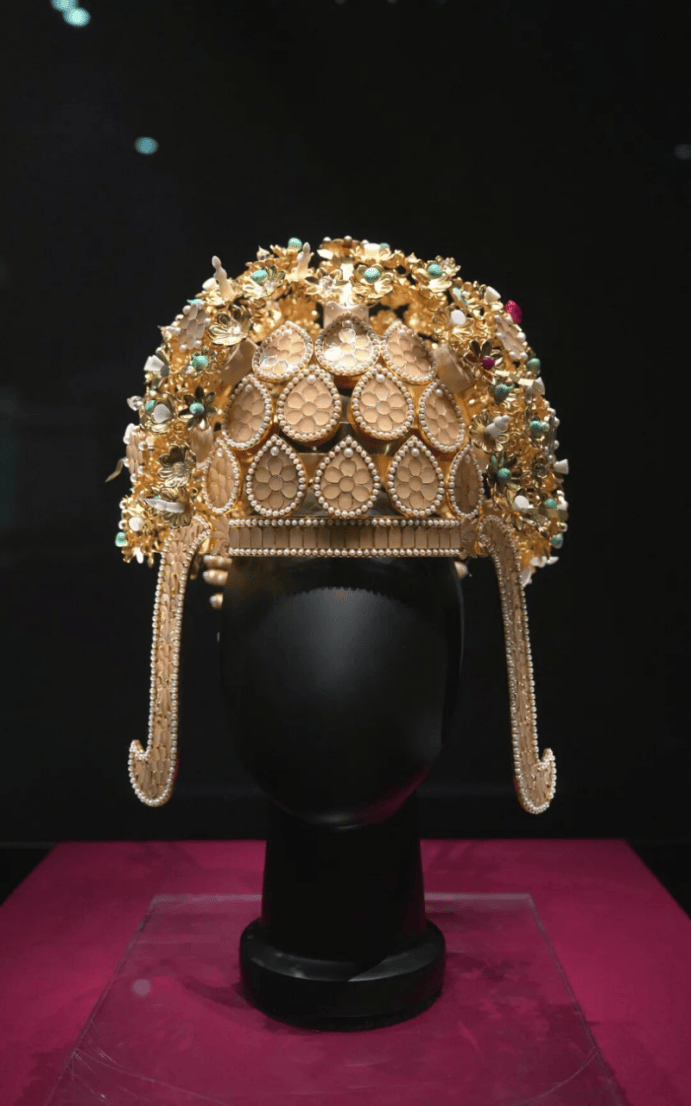
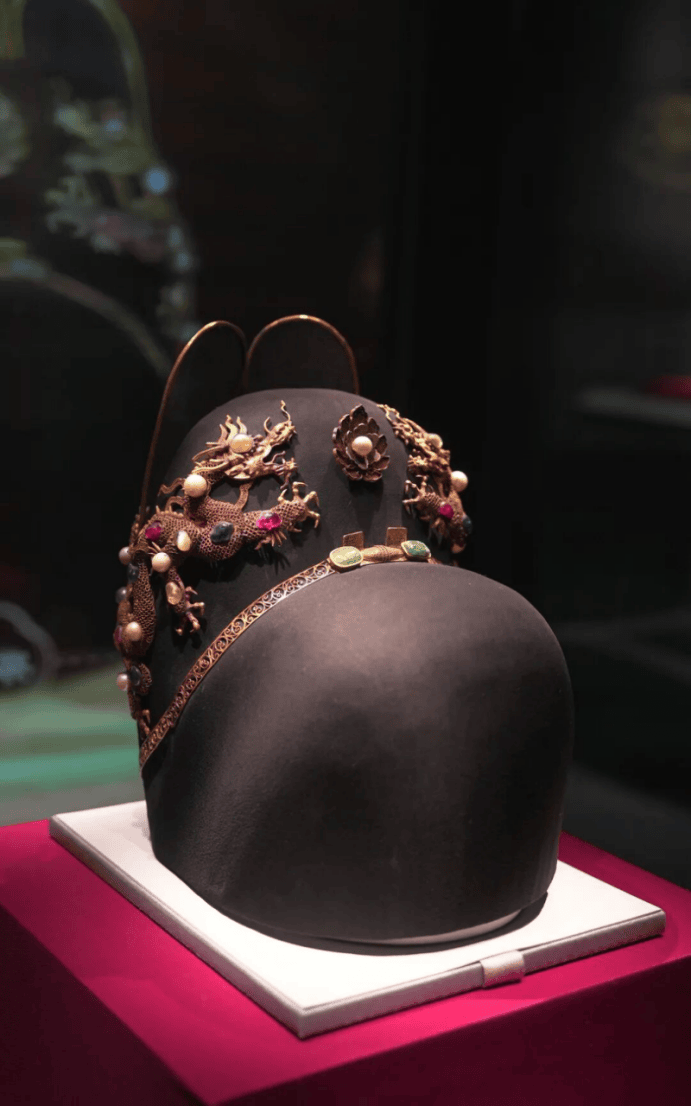
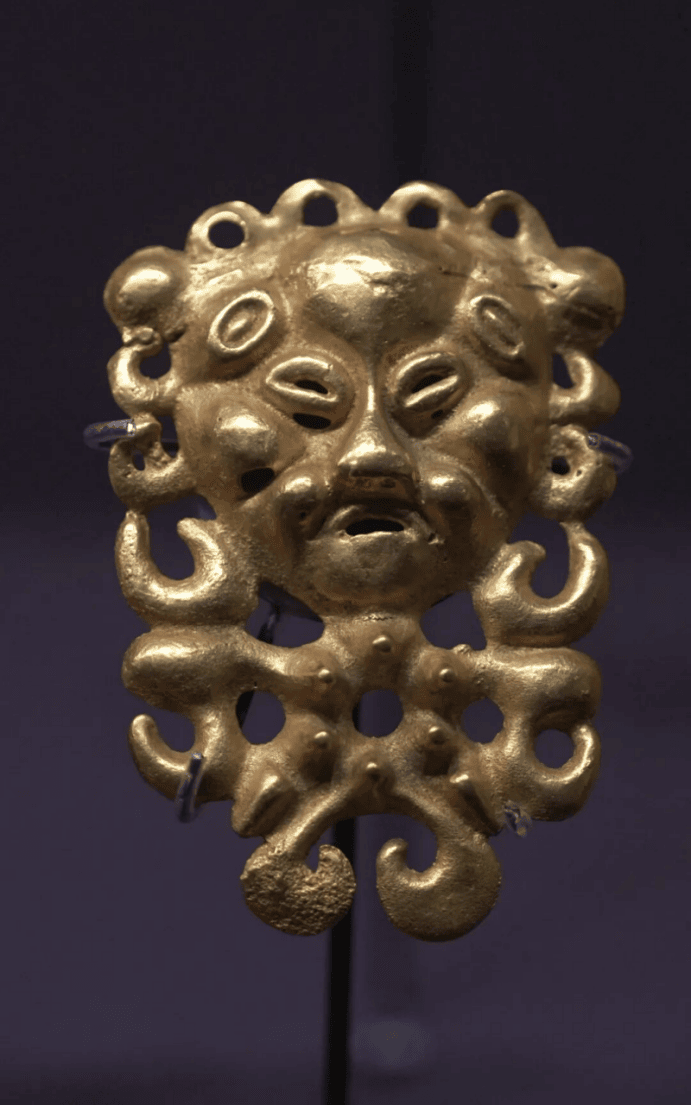
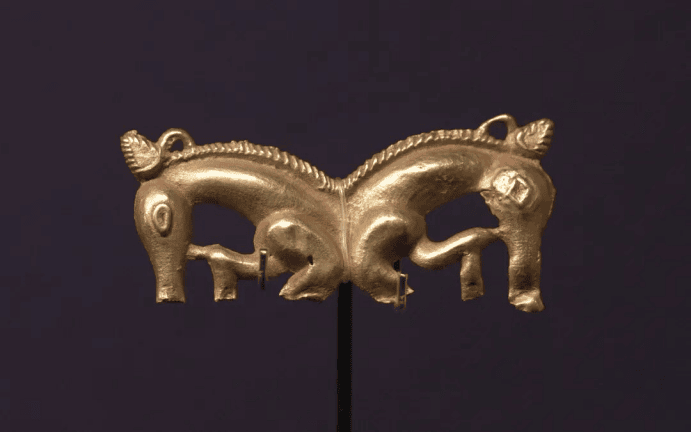
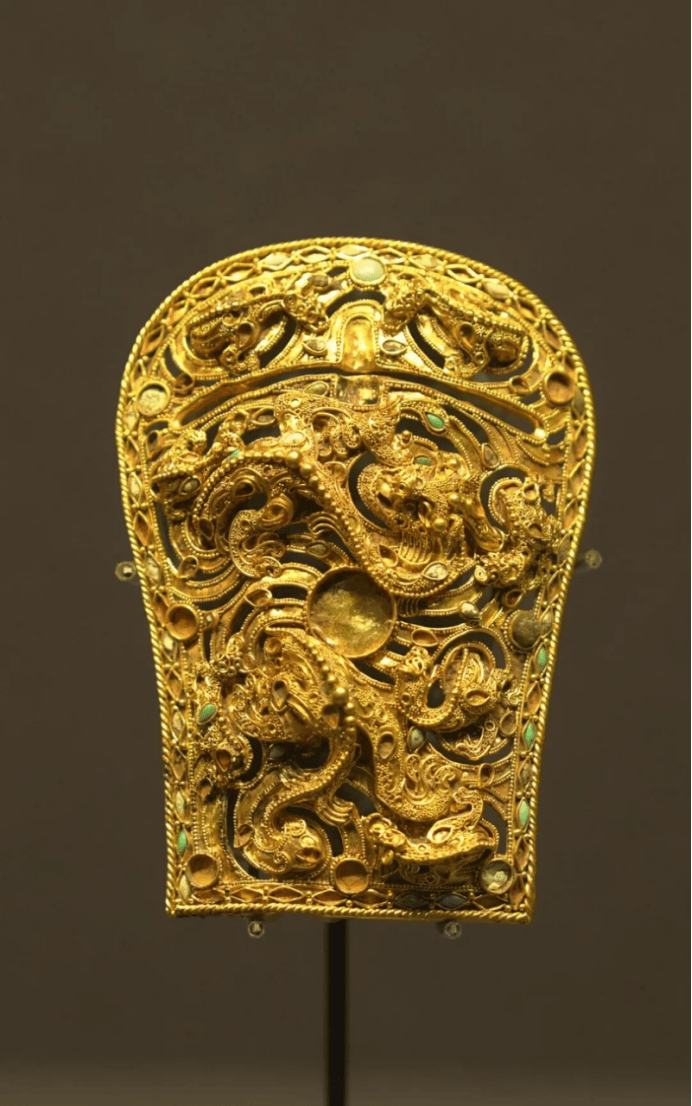
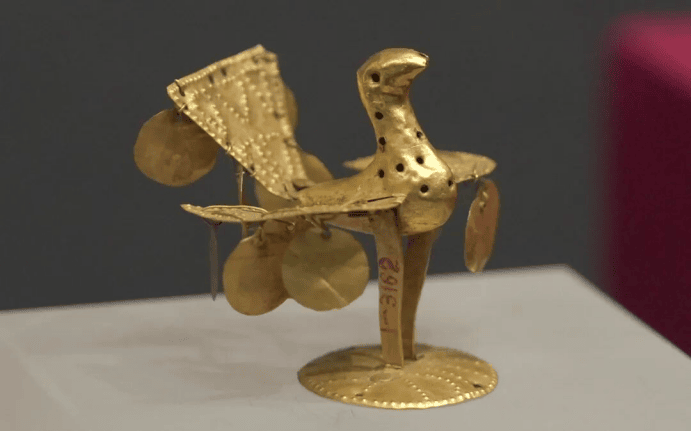

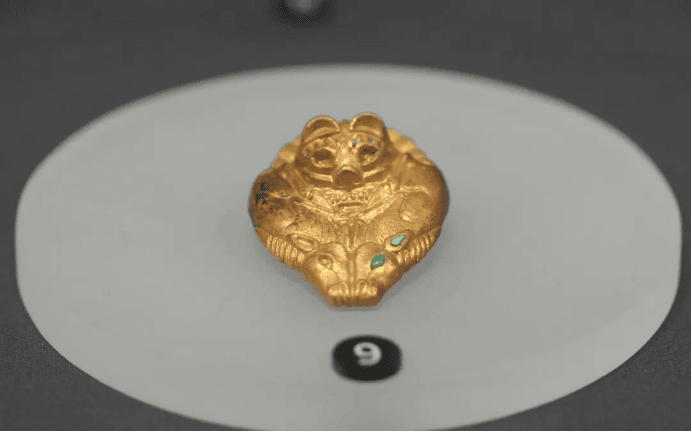
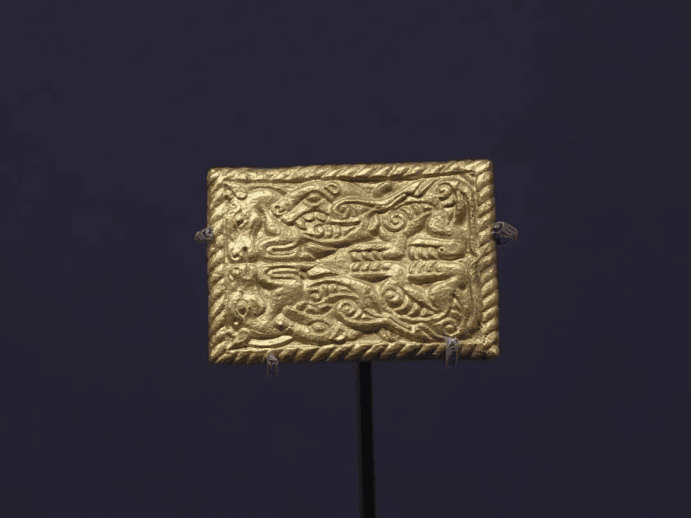
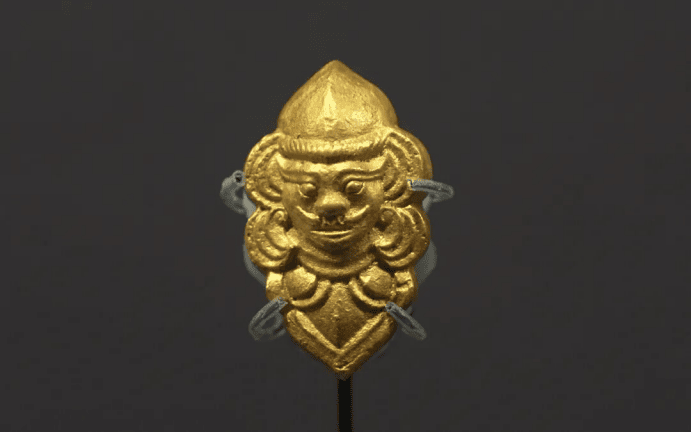
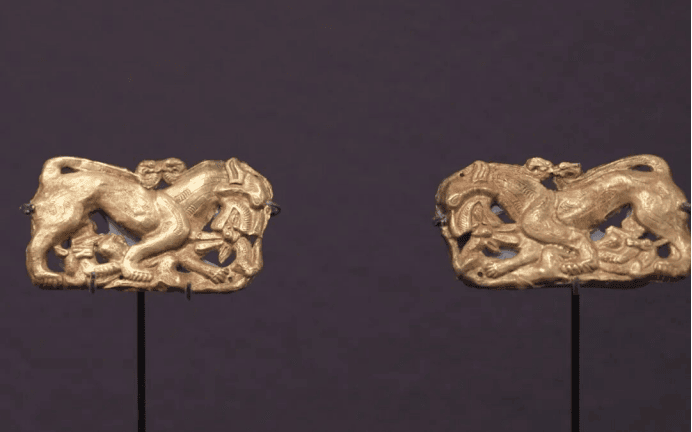
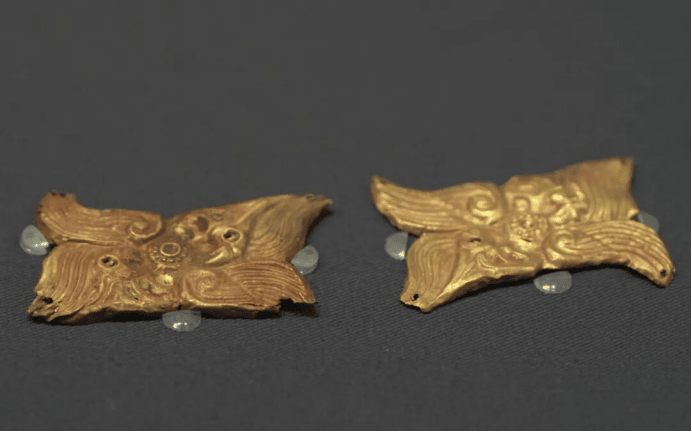
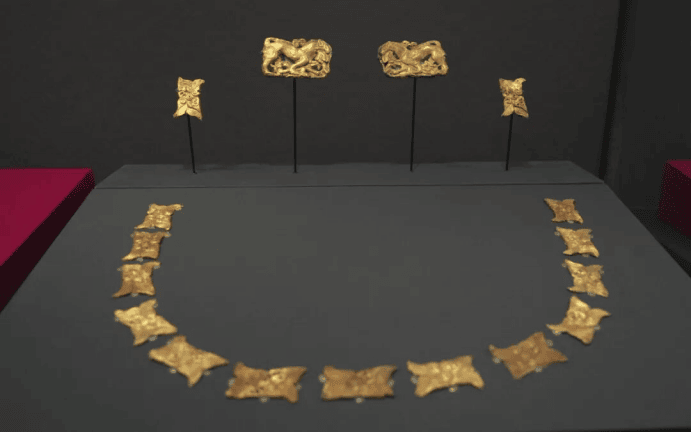
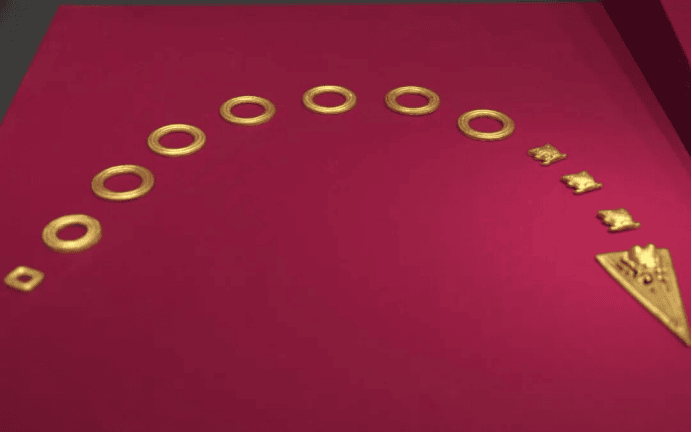
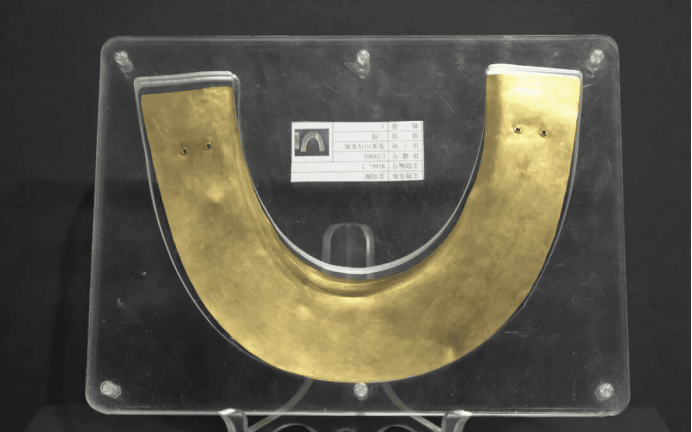
Vessels of Culture and Power: Moving beyond beauty, this chapter explores how these objects served as potent symbols of political authority, economic power, and cultural exchange. It reveals their critical role in state governance, international trade, and artistic expression.
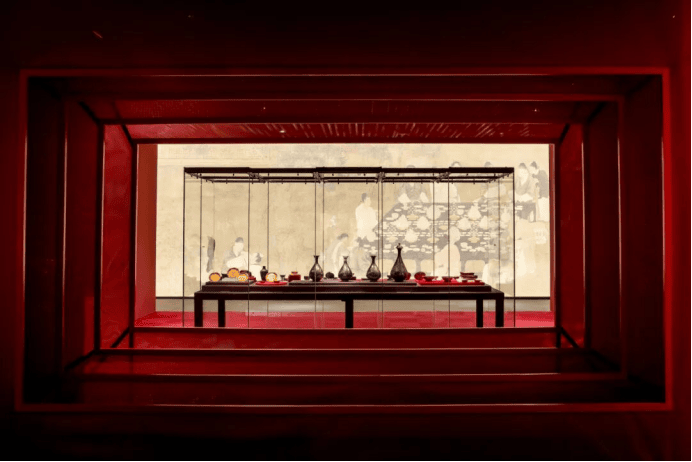
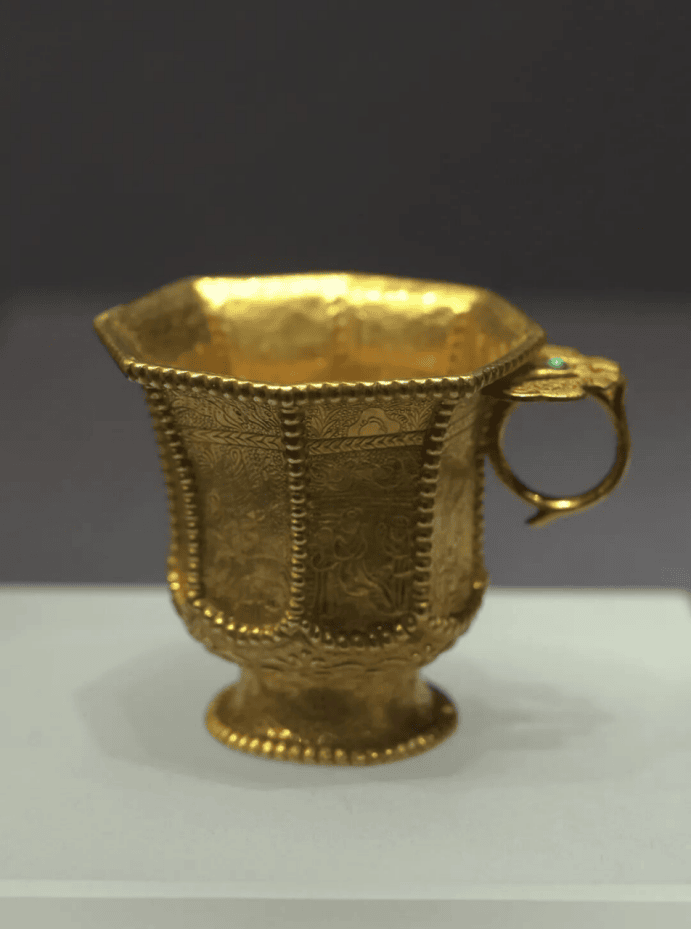
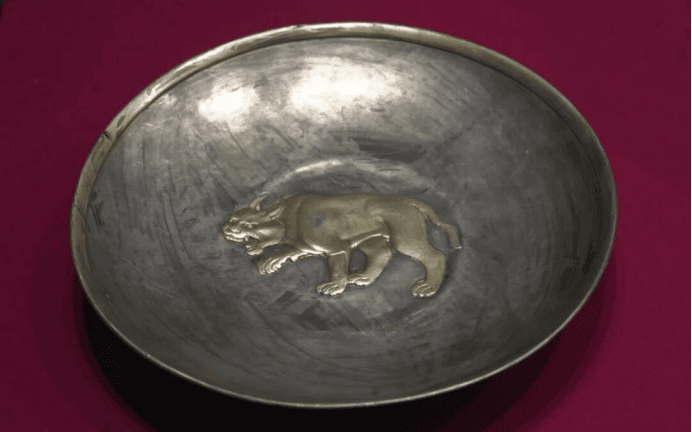

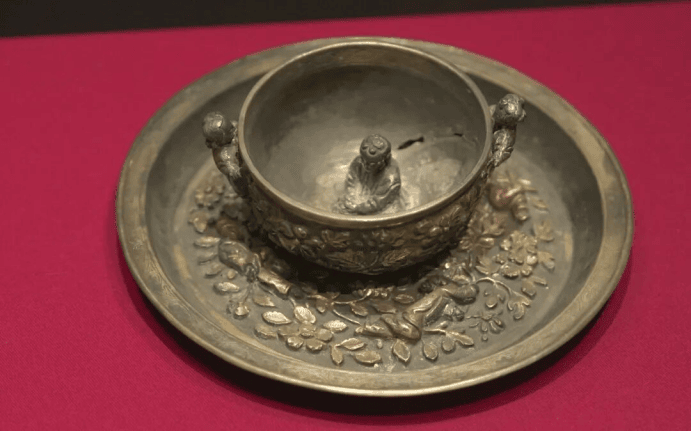
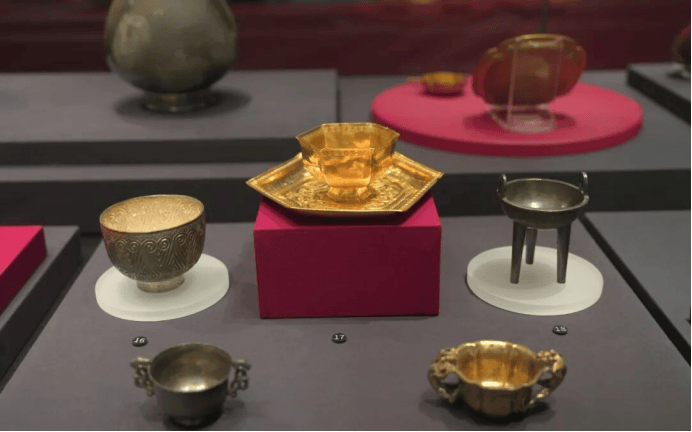
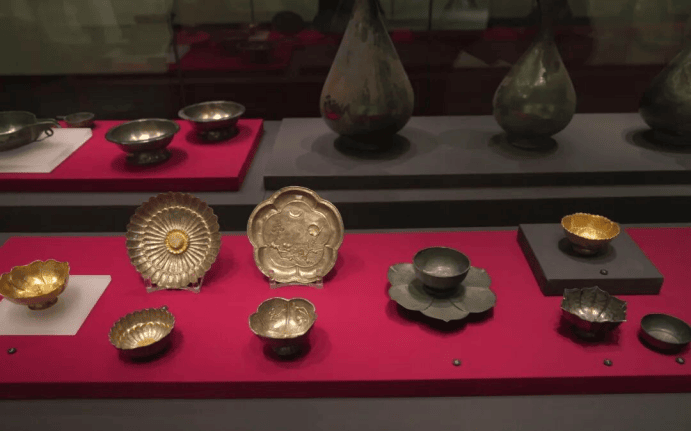

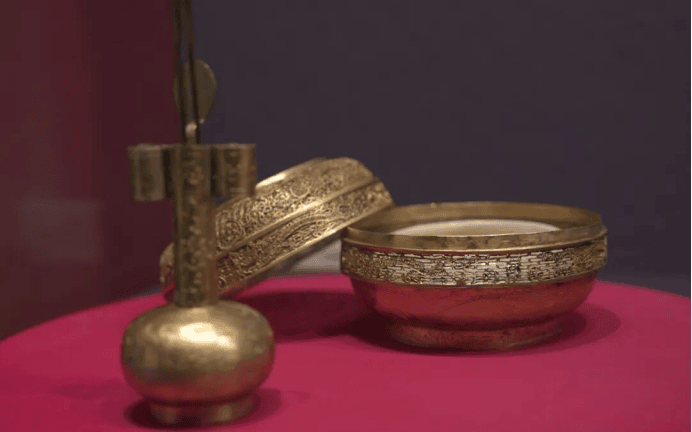
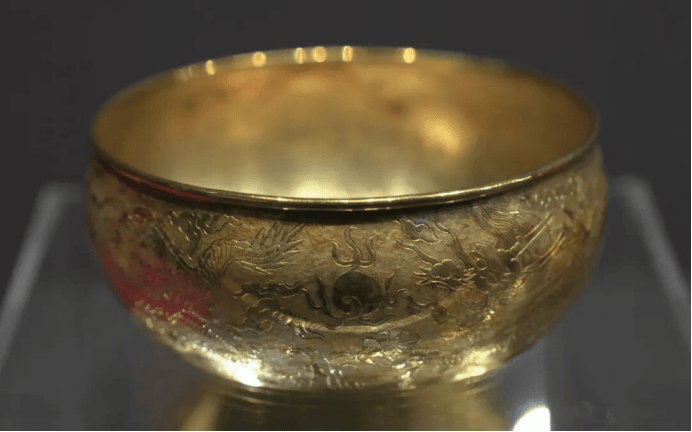
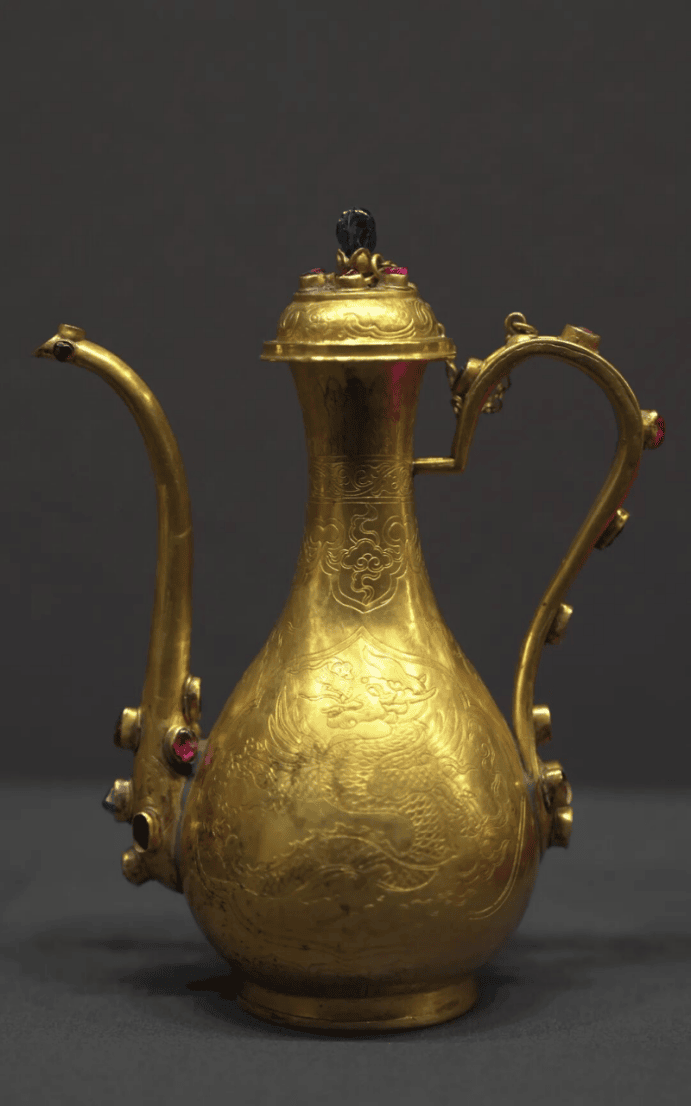
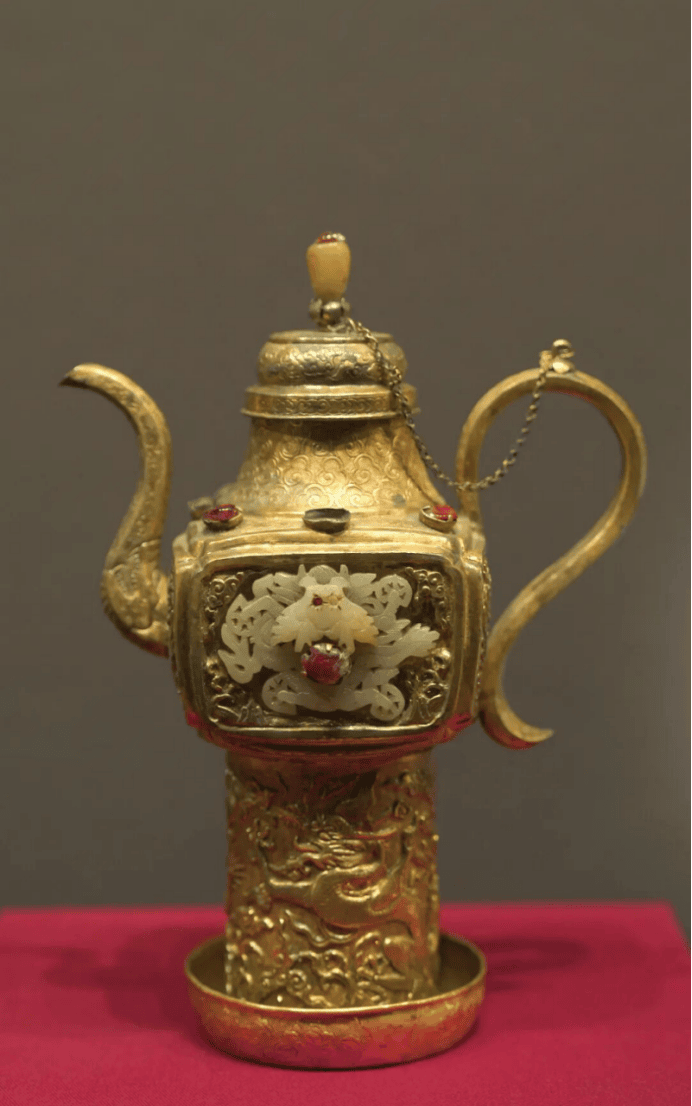
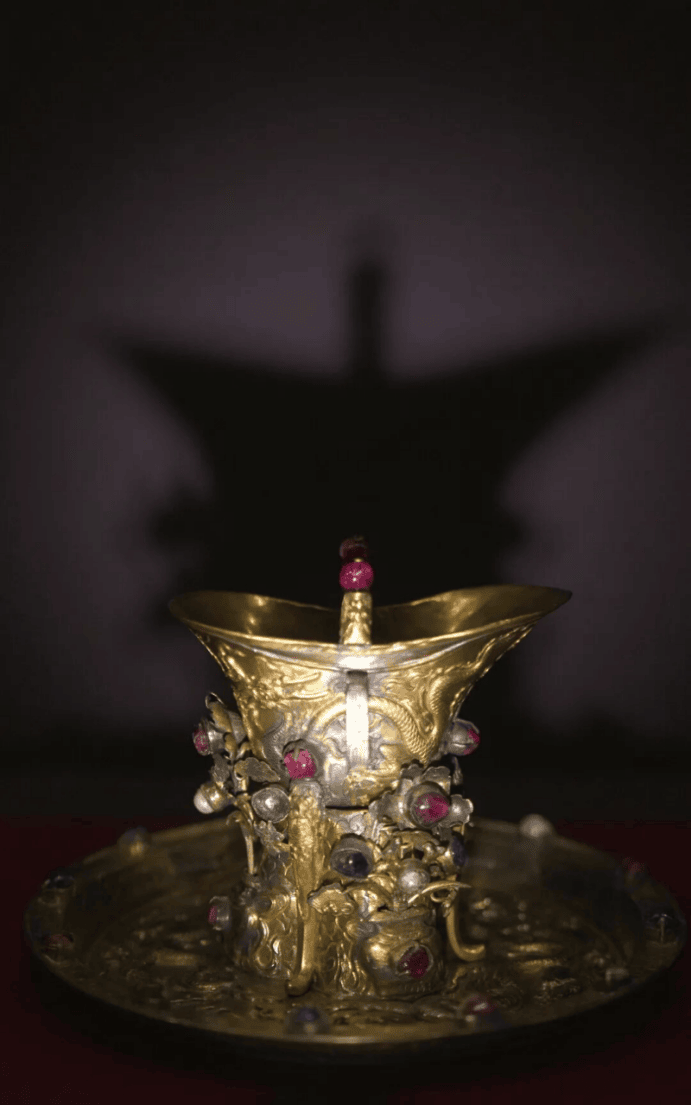
The Measure of Wealth: Focusing on currency, this part examines the dual identity of gold and silver as both a standardized value for economic transactions and a form of political capital, underscoring their central place in the ancient socio-economic system.
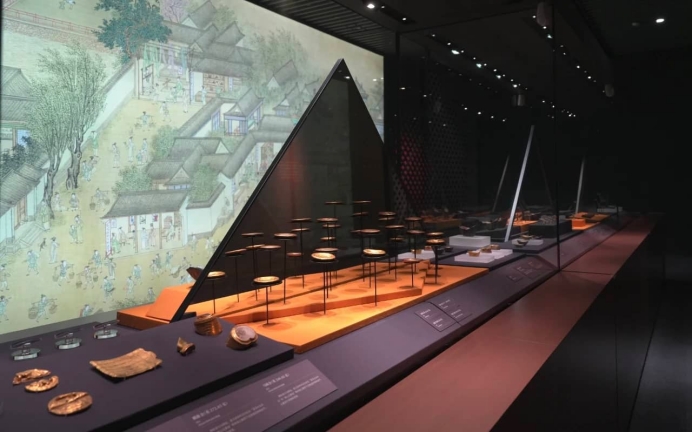
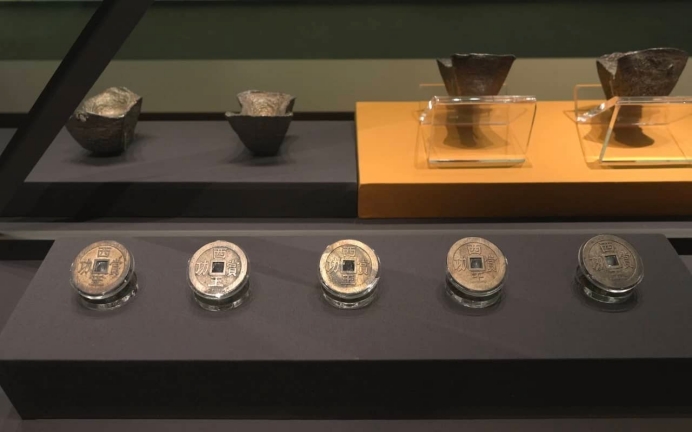

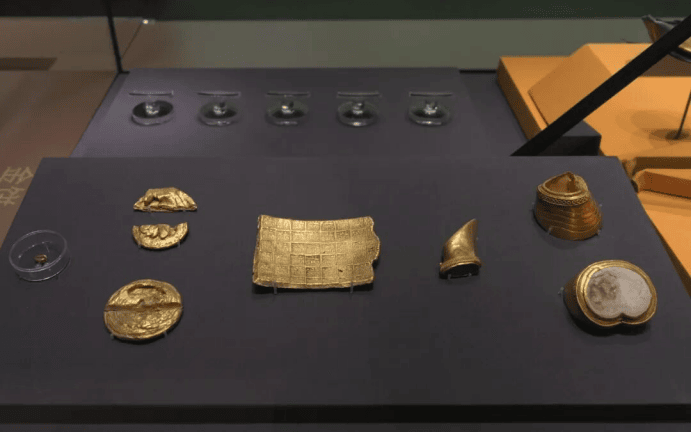
A Universe of Radiance: The final chapter contemplates the spiritual dimension of these metals, framing them as sacred vessels of belief, instruments of state ritual, and powerful symbols of authority, thus completing a holistic civilizational picture.
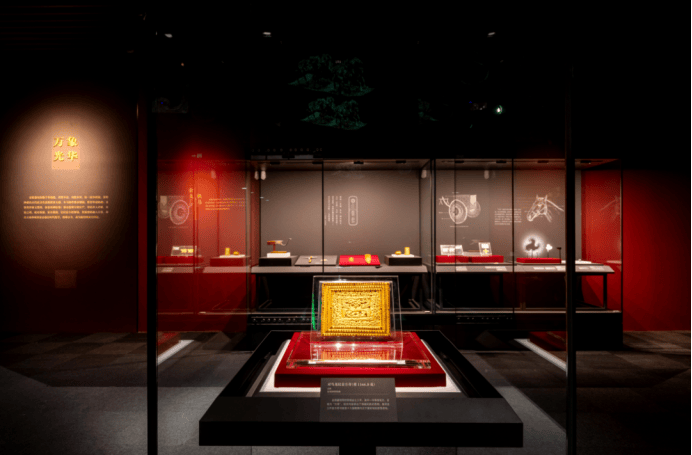
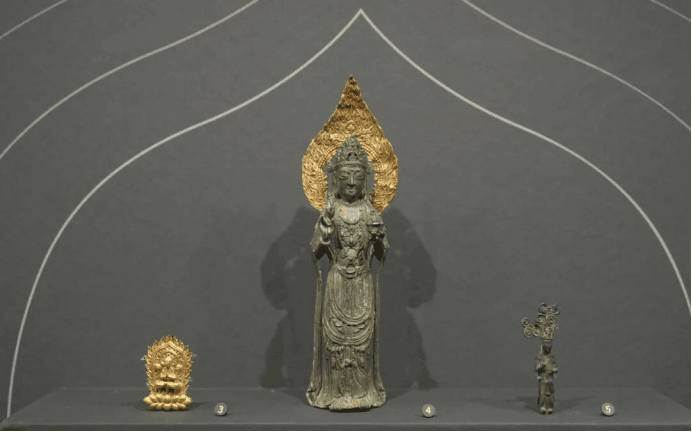
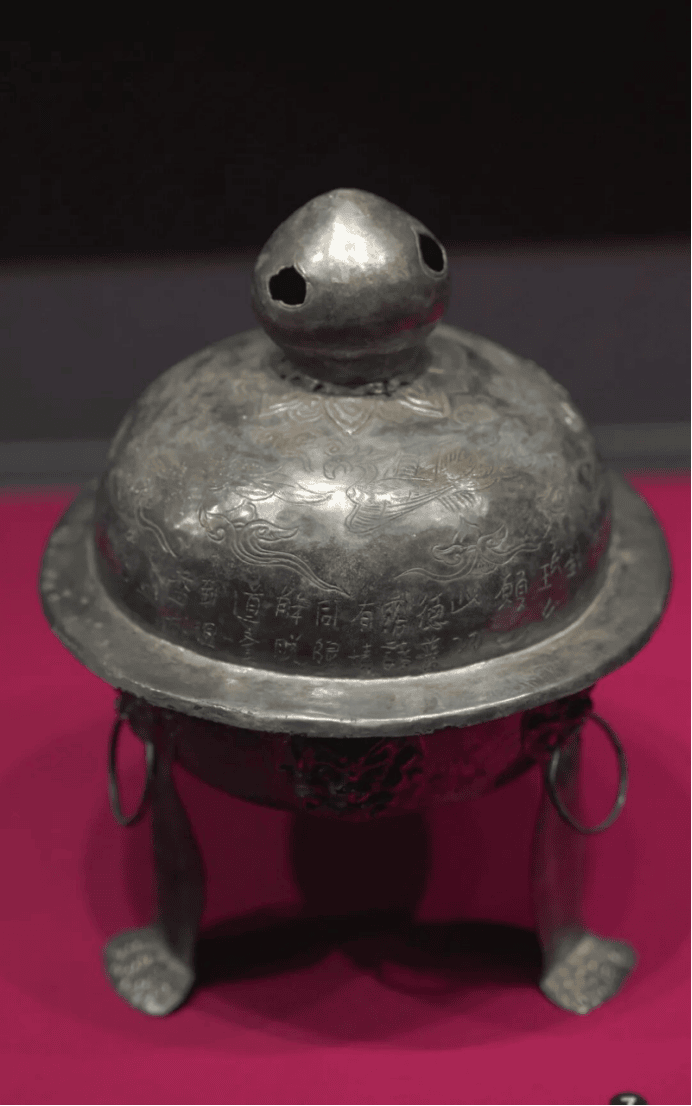
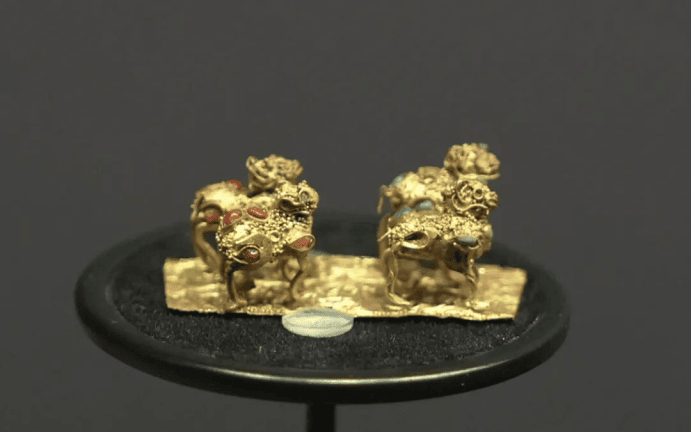
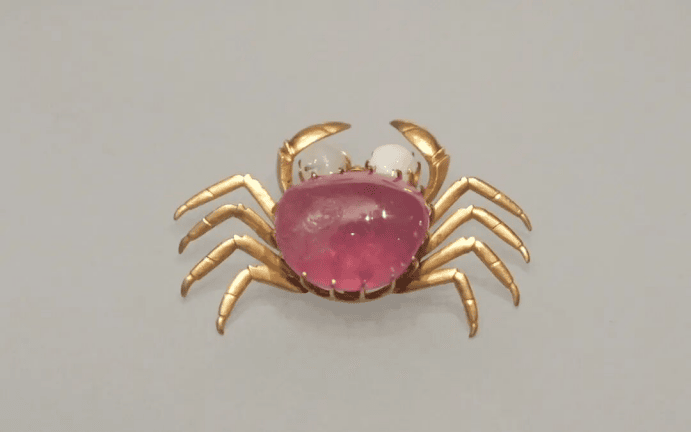
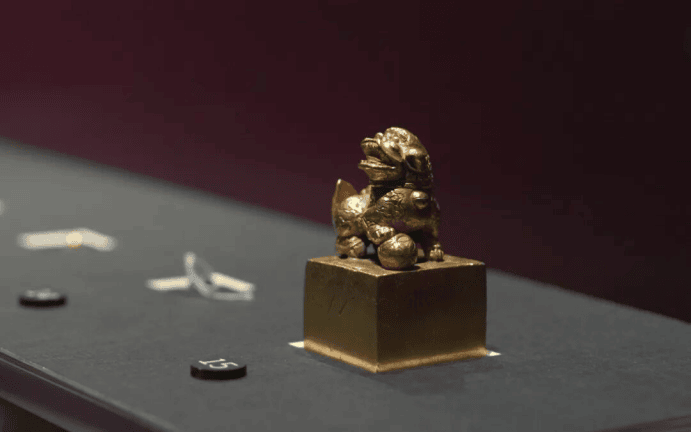

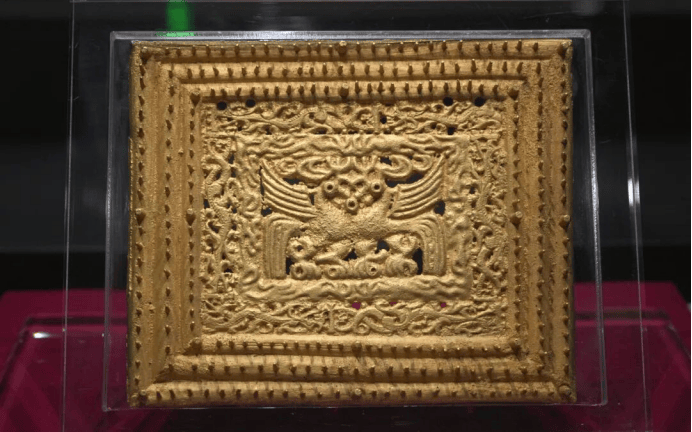

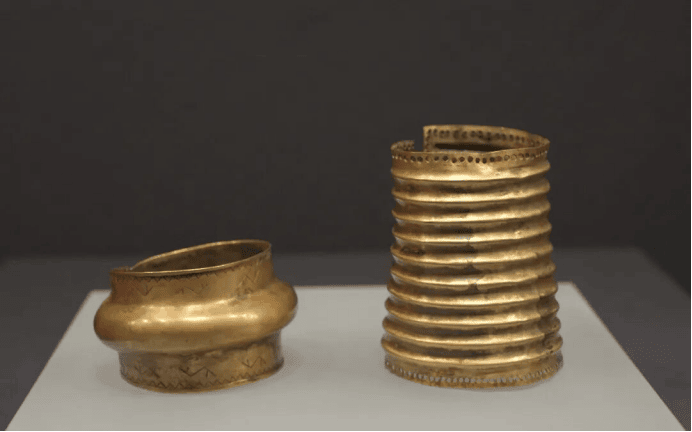

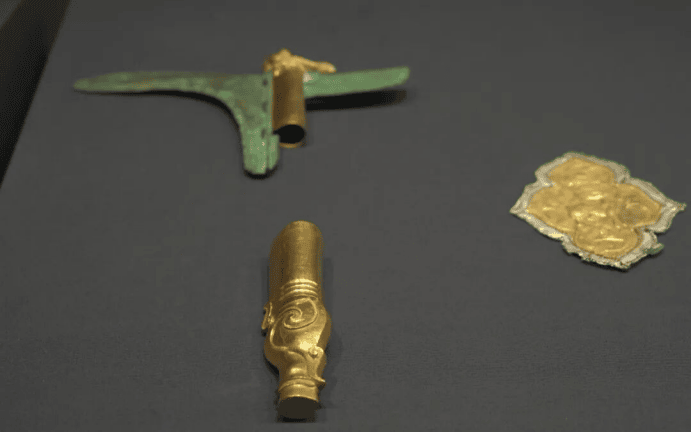
Exhibition Facts at a Glance:
Title: Gold’s Radiance Steeps Ancient China: Cultural Imprints of Ancient Chinese Gold and Silver Ware
Venue: Anhui Museum (New Wing)
Dates: September 28, 2025 – January 6, 2026
Highlights: 490 objects on display, including 197 Grade-I National Cultural Relics; features the earliest gold finds and masterpieces from China’s most famous archaeological discoveries.
“Gold’s Radiance Steeps Ancient China” offers a rare and comprehensive opportunity for the public to engage with the splendor and profound cultural legacy of ancient Chinese gold and silver art.
